
Hell's Gate National Park: A Wild Kenyan Adventure
Explore the wild beauty and unique experiences of Hell's Gate National Park in Kenya's Great Rift Valley, where adventure meets nature and culture.
Hell's Gate National Park, located in the Great Rift Valley of Kenya, is a unique and exciting destination for tourists. Known for its stunning landscapes, this park offers dramatic cliffs, gorges, and the chance to see wildlife up close. Unlike many other national parks, Hell's Gate allows visitors to walk and cycle within its boundaries, providing a unique way to experience the African wilderness. The park is home to a variety of animals, including zebras, giraffes, buffalo, and even the rare bearded vulture. Bird watchers will be thrilled by the diversity of species that call Hell's Gate home. The park also features two extinct volcanoes, Olkaria and Hobley's, as well as the famous Fischer's Tower, a 25-meter-high rock formation that is a popular spot for rock climbing. In addition to its natural beauty, Hell's Gate National Park has a rich cultural history. The park's name is derived from a narrow break in the cliffs, once a tributary of a prehistoric lake that fed early humans in the Rift Valley. Visitors can also explore the nearby Maasai Cultural Centre to learn more about the local Maasai people's traditions and way of life.
Local tips in Hell's Gate National Park
- Bring comfortable walking shoes for exploring the park on foot.
- Rent a bicycle at the park's entrance to cover more ground.
- Visit early in the morning or late afternoon to avoid the midday heat.
- Bring a hat, sunscreen, and plenty of water to stay hydrated.
- Check out the Olkaria Geothermal Spa for a relaxing dip after a day of exploration.
- Hire a local guide to enhance your experience and learn about the flora and fauna.
- Don't miss the chance to visit the Maasai Cultural Centre for a deeper understanding of the local culture.
Hell's Gate National Park: A Wild Kenyan Adventure
Hell's Gate National Park, located in the Great Rift Valley of Kenya, is a unique and exciting destination for tourists. Known for its stunning landscapes, this park offers dramatic cliffs, gorges, and the chance to see wildlife up close. Unlike many other national parks, Hell's Gate allows visitors to walk and cycle within its boundaries, providing a unique way to experience the African wilderness. The park is home to a variety of animals, including zebras, giraffes, buffalo, and even the rare bearded vulture. Bird watchers will be thrilled by the diversity of species that call Hell's Gate home. The park also features two extinct volcanoes, Olkaria and Hobley's, as well as the famous Fischer's Tower, a 25-meter-high rock formation that is a popular spot for rock climbing. In addition to its natural beauty, Hell's Gate National Park has a rich cultural history. The park's name is derived from a narrow break in the cliffs, once a tributary of a prehistoric lake that fed early humans in the Rift Valley. Visitors can also explore the nearby Maasai Cultural Centre to learn more about the local Maasai people's traditions and way of life.
When is the best time to go to Hell's Gate National Park?
Iconic landmarks you can’t miss
Hells Gate National Park
Explore the stunning landscapes and diverse wildlife of Hell's Gate National Park, a gem of Kenya's natural beauty.
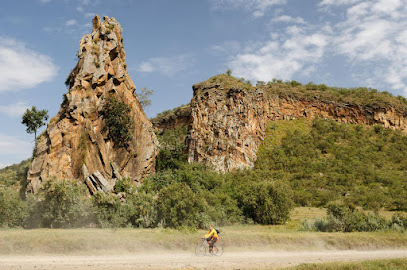
Hell's Gate Tourist Information Center
Explore Hell's Gate National Park from the informative hub of Hell's Gate Tourist Information Center, your gateway to adventure in Kenya.
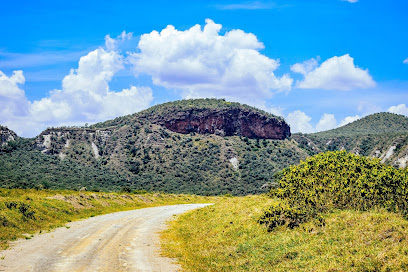
Crescent Island Game Sanctuary
Explore Crescent Island Game Sanctuary - a breathtaking nature preserve in Naivasha, Kenya, teeming with wildlife and stunning landscapes.
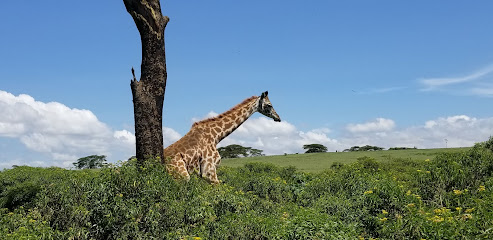
Hell's gate National park
Explore the breathtaking landscapes and diverse wildlife of Hell's Gate National Park, a unique gem in Kenya's natural heritage.
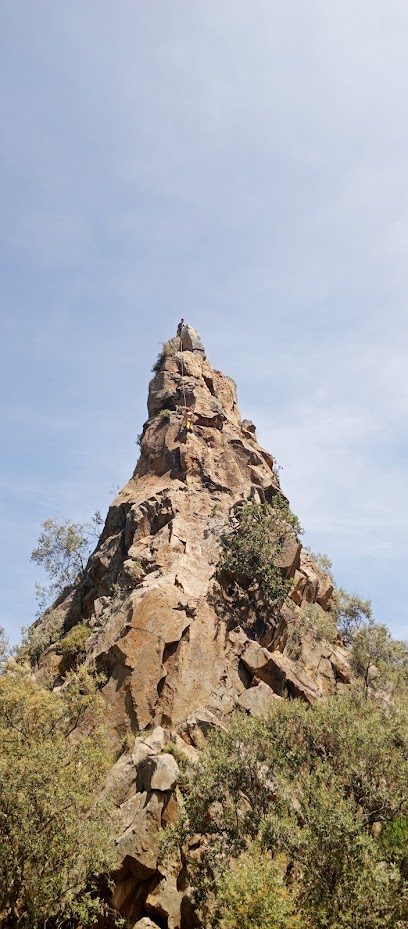
Unmissable attractions to see
Hell's Gate Tourist Information Center
Explore Hell's Gate National Park from the Visitor Center, your key to adventure, wildlife, and stunning landscapes in Kenya.
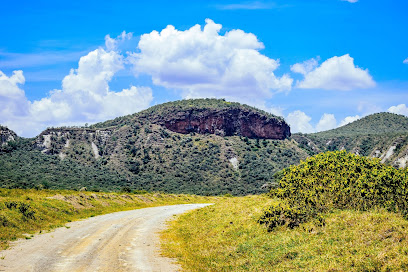
Lake View Picnic Site
Discover tranquility at Lake View Picnic Site, a scenic campground in Sulmac Village offering stunning lake views and a serene escape into nature.
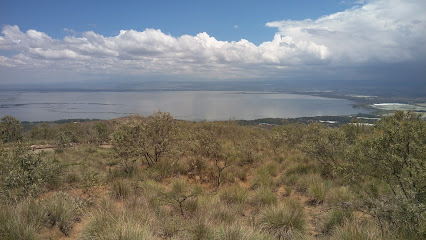
Observatory Tower
Discover the cosmos at the Observatory Tower, a breathtaking destination for stargazers and nature lovers in the heart of Kenya.

Essential places to dine
Talisman Restaurant
Discover Talisman Restaurant: A Culinary Delight Offering Local and International Dishes Amidst Lush Gardens in Nairobi's Karen Area.
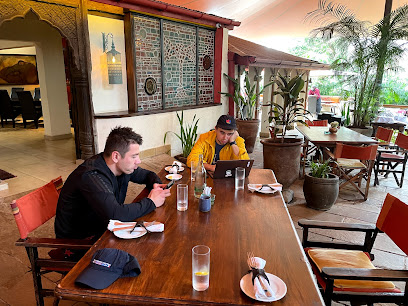
Hells Gate National Park
Explore Hell's Gate National Park: A breathtaking Kenyan escape filled with wildlife encounters and outdoor adventures.
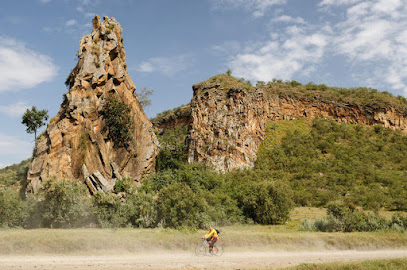
Java House
Discover Java House in Naivasha - where delicious food meets Kenyan hospitality amidst breathtaking landscapes.
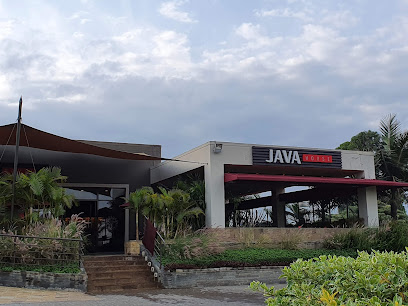
Lake Naivasha Country Club
Discover serenity at Lake Naivasha Country Club – where luxury meets nature in the heart of Kenya.
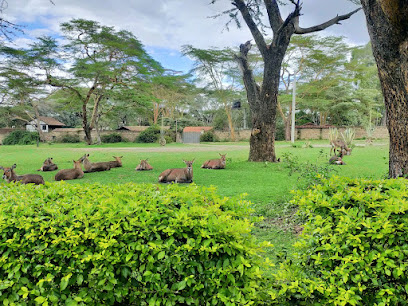
Trout Tree Restaurant
Discover Trout Tree Restaurant in Nanyuki: A unique dining experience surrounded by nature with delicious trout specialties.
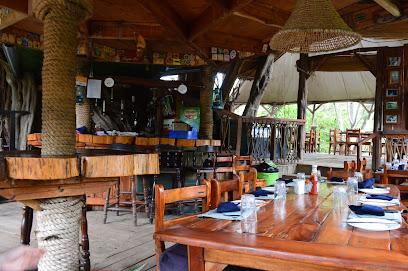
Ranch House Bistro
Discover the flavors of Kenya at Ranch House Bistro in Kongoni - where culinary excellence meets warm hospitality.
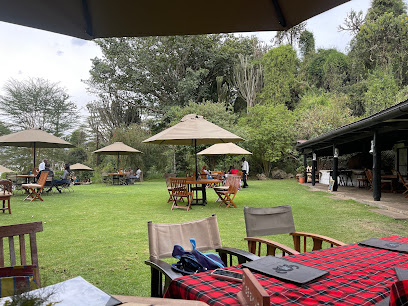
Matteo's Italian restaurant and bar
Experience authentic Italian flavors at Matteo's Italian Restaurant and Bar in Karagita – where every meal is a culinary adventure.
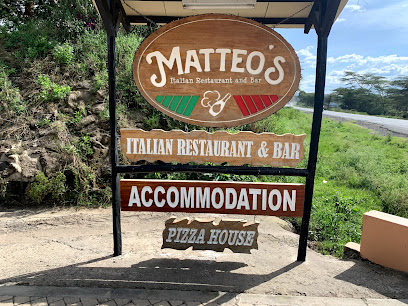
Kamere Beach
Discover serenity at Kamere Beach: pristine sands, crystal-clear waters, delightful dining experiences, and thrilling water sports await you.
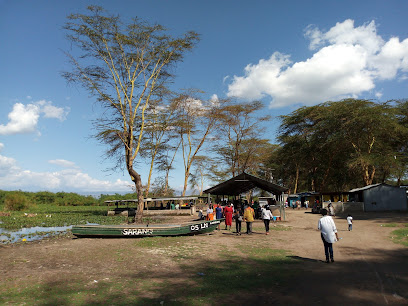
Mbuzi Munch Naivasha
Discover delectable Kenyan cuisine at Mbuzi Munch Naivasha – where flavor meets stunning lake views.
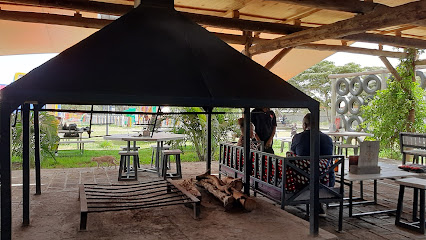
La Belle Inn - Naivasha
Discover serenity at La Belle Inn - your gateway to adventure in Naivasha's stunning landscapes.

KenGen Club
Discover culinary delights at KenGen Club with stunning views of Lake Naivasha – a perfect dining destination for tourists seeking serenity.
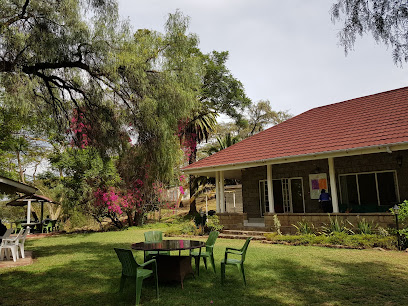
Camp carnellys restaurant
Discover tranquility at Camp Carnellys Restaurant by Lake Naivasha – where culinary delights meet breathtaking scenery.
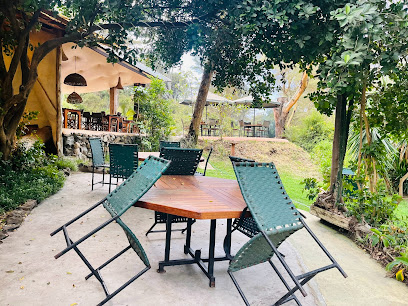
Hell's gate National park
Explore breathtaking landscapes and diverse wildlife at Hell's Gate National Park in Kenya – a haven for adventure seekers and nature lovers alike.
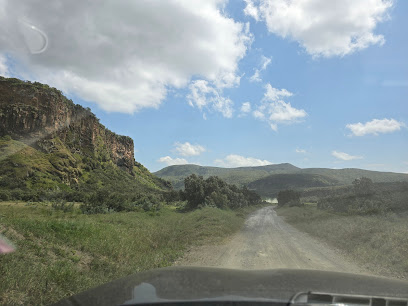
Buffalo's Rest
Discover tranquility at Buffalo's Rest in Naivasha, where comfort meets nature amidst stunning landscapes and rich wildlife experiences.

Markets, malls and hidden boutiques
Safari Centre
Explore the vibrant Safari Centre in Naivasha, where shopping, dining, and entertainment come together in a modern Kenyan experience.

Hell's Gate Tourist Information Center
Explore Hell's Gate National Park through its Tourist Information Center, your gateway to breathtaking landscapes and unforgettable wildlife experiences.
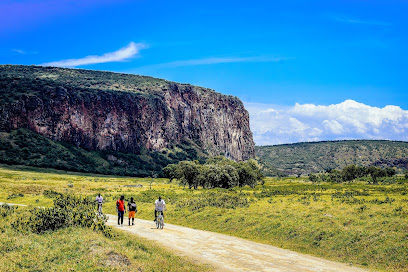
Fired earth pottery
Discover the artistry of Fired Earth Pottery in Karagita, where handmade treasures await every visitor.
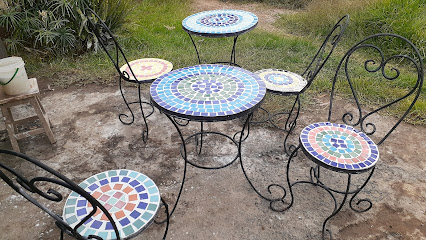
Essential bars & hidden hideouts
The Alchemist
Experience Nairobi's vibrant nightlife at The Alchemist, a bar and event venue known for its lively atmosphere, delicious food, and live music.
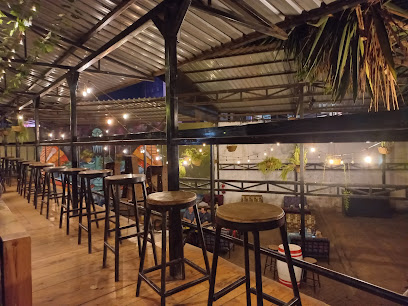
Hells Gate National Park
Explore the breathtaking landscapes and diverse wildlife of Hell's Gate National Park, a unique adventure destination in Kenya.
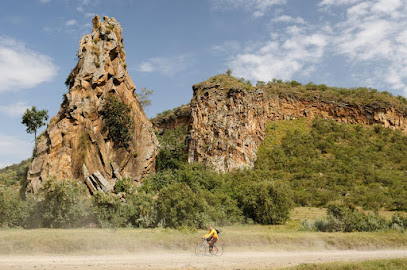
Brew Bistro and Lounge
Discover Nairobi's vibrant Brew Bistro and Lounge, a brewpub offering exquisite craft beers and a delectable menu in a lively atmosphere.
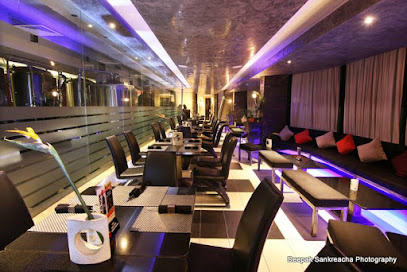
Moonshine Beach Bar
Discover the vibrant atmosphere of Moonshine Beach Bar, where stunning ocean views meet delicious drinks and a lively coastal vibe.
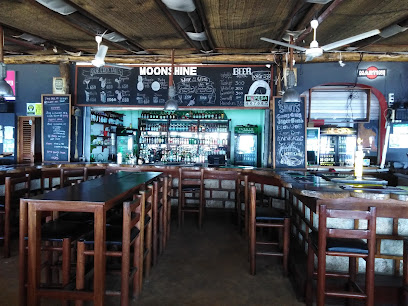
Botanica - Kitchen and Gin Bar
Discover Botanica - Kitchen and Gin Bar: A stylish rooftop restaurant in Nairobi offering exquisite cuisine and crafted gin cocktails with stunning skyline views.
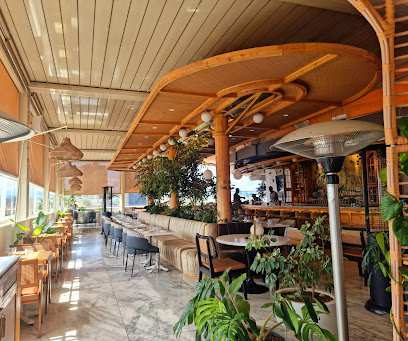
Bamboo Cask Lounge
Experience the vibrant culinary scene at Bamboo Cask Lounge, Nairobi's premier grill and bar offering delicious food and a lively atmosphere.
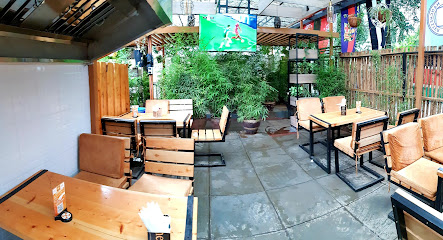
Sky Bar Westlands- ibis Styles Hotel Rooftop
Experience Nairobi's vibrant nightlife at Sky Bar Westlands, where stunning views, delicious cocktails, and lively entertainment create unforgettable moments.
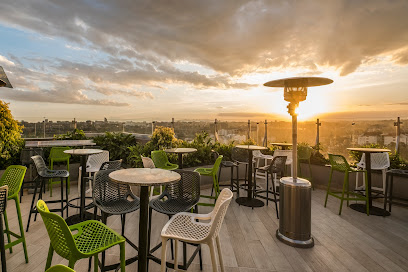
Sarabi Rooftop Restaurant
Experience the vibrant flavors and stunning views of Nairobi at Sarabi Rooftop Restaurant, an upscale bar that redefines dining in the city.
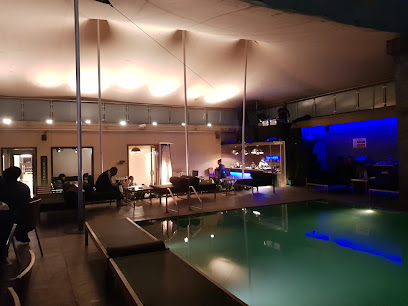
Unique Tavern
Discover the vibrant nightlife of Nakuru at Unique Tavern, where local culture, delicious food, and live music come together for an unforgettable experience.
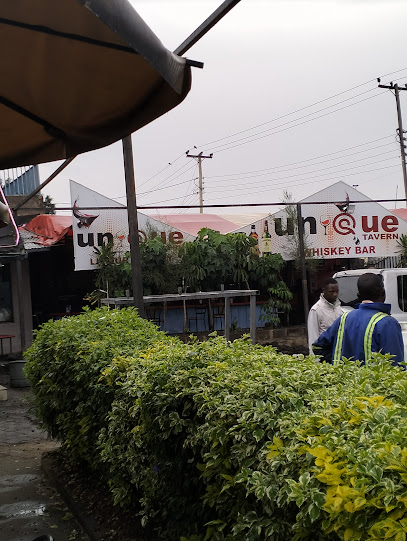
Tipsy Bar & Lounge
Experience the vibrant nightlife of Nairobi at Tipsy Bar & Lounge, your stylish destination for cocktails and socializing in Parklands.
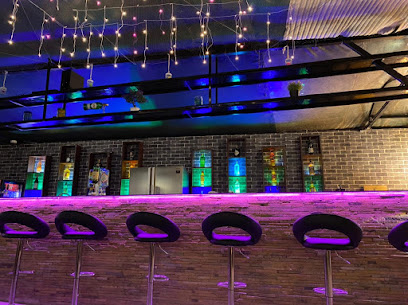
Unique Lounge
Discover the vibrant nightlife at Unique Lounge in Nakuru Town West, where great drinks and a lively atmosphere await.
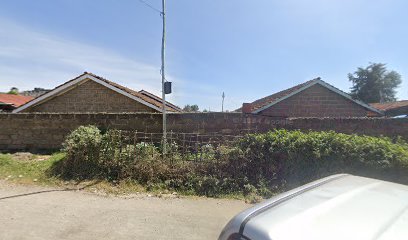
Famous Gate Lounge
Experience the vibrant atmosphere and diverse menu at Famous Gate Lounge, a must-visit restaurant and bar in Litein, Kenya.
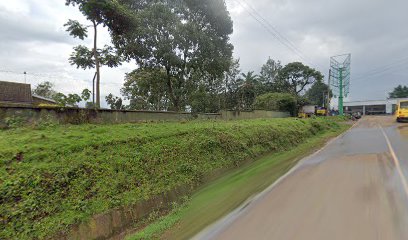
The Champagne Bar
Experience luxury and elegance at The Champagne Bar, Nairobi's premier destination for fine champagne and unforgettable nightlife.
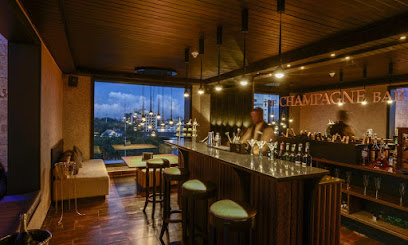
Local Phrases about Hell's Gate National Park
-
- HelloJambo
[jahm-boh] - GoodbyeKwaheri
[kwah-heh-ree] - YesNdio
[uhn-dee-oh] - NoHapana
[hah-pah-nah] - Please/You're welcomeTafadhali
[tah-fah-dah-lee] - Thank youAsante
[ah-sahn-teh] - Excuse me/SorrySamahani
[sah-mah-hah-nee] - How are you?U hali gani?
[oo hah-lee gah-nee] - Fine. And you?Salama. Na wewe?
[sah-lah-mah. nah weh-weh] - Do you speak English?Unazungumza Kiingereza?
[ooh-nah-zoo-ngoom-zah kee-een-geh-reh-zah] - I don't understandSielewi
[see-eh-leh-wee]
- HelloJambo
-
- I'd like to see the menu, pleaseNingependa kuona menyu, tafadhali
[nin-geh-pen-dah koo-oh-nah meh-nyoo, tah-fah-dah-lee] - I don't eat meatSili nyama
[see-lee nyah-mah] - Cheers!Mambo!
[mahm-boh] - I would like to pay, pleaseNingependa kulipa, tafadhali
[nin-geh-pen-dah koo-lee-pah, tah-fah-dah-lee]
- I'd like to see the menu, pleaseNingependa kuona menyu, tafadhali
-
- Help!Msaada!
[msah-ah-dah] - Go away!Nenda zako!
[nen-dah zah-koh] - Call the Police!Piga Polisi!
[pee-gah poh-lee-see] - Call a doctor!Piga daktari!
[pee-gah dahk-tah-ree] - I'm lostNimepotea
[nee-meh-poh-teh-ah] - I'm illNinaumwa
[nee-nah-oom-wah]
- Help!Msaada!
-
- I'd like to buy...Ningependa kununua...
[nin-geh-pen-dah koo-noo-noo-ah] - I'm just lookingNatazama tu
[nah-tah-zah-mah too] - How much is it?Bei ni kiasi gani?
[beh-ee nee kee-ah-see gah-nee] - That's too expensiveHiyo ni ghali sana
[hee-yoh nee gah-lee sah-nah] - Can you lower the price?Unaweza kupunguza bei?
[oo-nah-weh-zah koo-poon-goo-zah beh-ee]
- I'd like to buy...Ningependa kununua...
-
- What time is it?Saa ngapi?
[sah ah-ngah-pee] - It's one o'clockNi saa moja
[nee sah-ah moh-jah] - Half past (10)Nusu saa kumi
[noo-soo sah-ah koo-mee] - MorningAsubuhi
[ah-soo-boo-hee] - AfternoonMchana
[m-chah-nah] - EveningJioni
[joh-ee-oh-nee] - YesterdayJana
[jah-nah] - TodayLeo
[leh-oh] - TomorrowKesho
[keh-shoh] - 1Moja
[moh-jah] - 2Mbili
[m-bee-lee] - 3Tatu
[tah-too] - 4Nne
[n-neh] - 5Tano
[tah-noh] - 6Sita
[see-tah] - 7Saba
[sah-bah] - 8Nane
[nah-neh] - 9Tisa
[tee-sah] - 10Kumi
[koo-mee]
- What time is it?Saa ngapi?
-
- Where's a/the...?Iko wapi...?
[ee-koh wah-pee] - What's the address?Anwani ni gani?
[ah-nwah-nee nee gah-nee] - Can you show me (on the map)?Unaweza kunionyesha (kwenye ramani)?
[oo-nah-weh-zah koo-nee-oh-nyeh-shah (kweh-neh rah-mah-nee)] - When's the next (bus)?Basi la pili litakuwa lini?
[bah-see lah pee-lee lee-tah-koo-wah lee-nee] - A ticket (to ....)Tiketi (kwenda ....)
[tee-keh-tee (kwehn-dah)]
- Where's a/the...?Iko wapi...?
History of Hell's Gate National Park
-
Hell's Gate National Park, located in the Great Rift Valley, owes its dramatic landscapes to intense geological activity. The park's striking cliffs, gorges, and rock formations were formed millions of years ago through volcanic activity and tectonic movements, which continue to shape the terrain today. The park is home to Fischer's Tower and Central Tower, remnants of prehistoric volcanic plugs.
-
The Maasai people, indigenous to the region, have a deep cultural and historical connection to Hell's Gate. They named the park 'Njorowa,' meaning 'a narrow gorge' in their language. The Maasai have traditionally used the land for grazing their cattle and hold the park's geothermal features in spiritual regard. Their presence in the area has influenced the park's cultural landscape and conservation efforts.
-
During the early 20th century, British colonialists began to explore the area now known as Hell's Gate. They named it after a narrow break in the cliffs, which was reminiscent of a portal to the underworld. The park's dramatic scenery and geothermal activity fascinated the explorers, leading to increased interest and eventual conservation efforts.
-
Hell's Gate was officially gazetted as a national park in 1984. The Kenyan government recognized the area's unique geological formations, diverse wildlife, and cultural significance. The establishment of the park aimed to protect its natural and cultural heritage while promoting eco-tourism. Since then, it has become a popular destination for tourists seeking adventure and natural beauty.
-
In the late 20th century, the area around Hell's Gate gained attention for its geothermal potential. The Olkaria Geothermal Plant was established within the park's vicinity, harnessing the Earth's heat to produce electricity. This development marked a significant milestone in Kenya's renewable energy sector, making Hell's Gate a notable site for both environmental conservation and sustainable development.
-
Hell's Gate National Park is home to a diverse array of wildlife, including zebras, giraffes, buffalo, and numerous bird species. Conservation efforts have focused on preserving the park's unique ecosystems and protecting endangered species. The park's rangers and conservationists work tirelessly to maintain the delicate balance between tourism and wildlife protection.
-
Over the years, Hell's Gate has become known for its unique blend of cultural and natural attractions. Visitors can explore the Obsidian Caves, formed from volcanic glass, and the hot springs and geysers that dot the landscape. The park also offers opportunities to learn about Maasai culture through guided tours and interactions with local communities, providing a rich and immersive experience.
-
Hell's Gate National Park has made its mark in popular culture, most notably as an inspiration for the setting of the animated film 'The Lion King.' The park's iconic landscapes, including Pride Rock, were modeled after its dramatic cliffs and rock formations. This connection has further boosted the park's global recognition and attracted fans of the movie to experience its real-life counterpart.
Hell's Gate National Park Essentials
-
Hell's Gate National Park is located in the Rift Valley Province of Kenya, near the town of Naivasha. The nearest major city is Nairobi, which is approximately 90 kilometers away. From Nairobi, you can take a private car, taxi, or use public transport like buses and matatus (shared minibuses) to Naivasha. From Naivasha, you can hire a taxi or take a local matatu to the park entrance. The drive from Nairobi to Naivasha usually takes about 1.5 to 2 hours, depending on traffic.
-
Within Hell's Gate National Park, the best way to get around is by renting a bicycle or a car. Bicycles can be rented at the park entrance and offer a scenic and eco-friendly way to explore the park. For those who prefer a more comfortable option, hiring a car or taking a guided tour in a safari vehicle is recommended. Walking is also an option, especially for the adventurous, as the park is relatively small and offers well-marked trails.
-
The official currency in Kenya is the Kenyan Shilling (KES). While larger hotels and some tourist facilities may accept credit cards, it is advisable to carry cash for smaller transactions, especially when dealing with local vendors or in rural areas. ATMs are available in Naivasha, so it's a good idea to withdraw enough cash before heading to the park.
-
Hell's Gate National Park is generally safe for tourists. However, standard precautions should be taken. Avoid walking alone at night and always be aware of your surroundings. While the park itself is safe, the nearby town of Naivasha has areas where petty crime can occur. It's best to avoid poorly lit areas and not to display valuables openly. Always follow the advice of local guides and park rangers.
-
In case of emergency, dial 999 for immediate assistance. Hell's Gate National Park has rangers and staff who can assist in emergencies. The nearest medical facilities are in Naivasha, which has hospitals and clinics. It is highly recommended to have travel insurance that covers medical emergencies and evacuation. For minor health issues, there are pharmacies in Naivasha where you can purchase over-the-counter medications.
-
Fashion: Do dress comfortably and in layers, as the weather can change quickly. Avoid overly revealing clothing to respect local customs. Religion: Do respect local religious practices and traditions. Public Transport: Do be courteous and patient when using public transport like matatus. Don't expect Western standards of punctuality. Greetings: Do greet people with a handshake, and it's polite to ask about their well-being. Eating & Drinking: Do try local dishes and accept food and drink offers graciously. Don't refuse hospitality, as it is considered impolite.
-
To experience Hell's Gate National Park like a local, consider visiting during the off-peak seasons to avoid crowds. Engage with local guides who can offer insights into the park's history, wildlife, and geology. Don't miss the chance to visit the nearby geothermal spa at Olkaria, which offers a unique way to relax after a day of exploring. For a more immersive experience, consider camping within the park to enjoy the natural surroundings fully.
Nearby Cities to Hell's Gate National Park
-
Things To Do in Nakuru
-
Things To Do in Nairobi
-
Things To Do in Kisumu
-
Things To Do in Eldoret
-
Things To Do in Kitale
-
Things To Do in Arusha
-
Things To Do in Moshi
-
Things To Do in Mbale
-
Things To Do in Jinja
-
Things To Do in Mwanza
-
Things To Do in Kampala
-
Things To Do in Entebbe
-
Things To Do in Singida
-
Things To Do in Malindi
-
Things To Do in Bukoba








